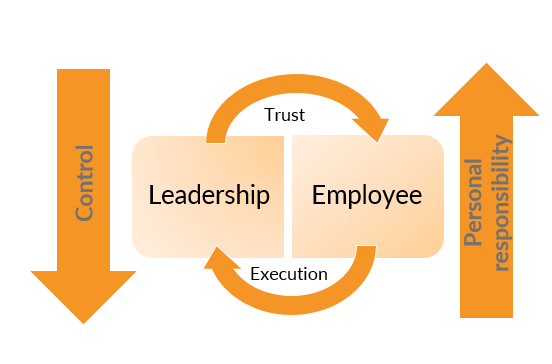Roadmap for streamlining and optimising administrative processes - not only in HR
3 years ago
Those who address the issues of streamlining and optimising administrative processes usually encounter the following inefficient patterns in practice:
- Information overload
- Unnecessary transport of information
- Unnecessary paths
- Waiting times / idle times
- Useless activities
- Unnecessary file keeping
- Errors / ambiguities
Diesen 7 Herausforderungen begegnen wir in unserem Beratungsansatz mit folgenden Prinzipien:
1. Focus on ressources
a. The employee is the expert of his or her work
b. This leads to the fact that the recognition of employees as experts and the appreciation of their abilities must be understood as the basis for successful streamlining in the process.
2. Solution space
a. Employees often do extra work and do not concern themselves with the idea of simplifying the work task.
b. Lean process management in HR requires a shift in thinking for a solution space in the future instead of attention to the problems in the past.
c. Creating an overview of which are the value-adding activities and which tasks can be avoided. (Very much in the spirit of the Pareto principle).
3. Change of mindset - victim or actor?
a. Daily "problems" are seen and interpreted in different ways: Employees are empowered to discover for themselves possibilities for action where they have - until now - remained unable to act.
b. The central question is whether employees see process optimisation in HR as a tool to secure their existing jobs or to outsource their department.
4. Producing quick wins
a. Quick wins support the start of solution-oriented actions.
b. After finding out which actions work, it is important to maintain them consistently.
c. For example, if employees prefer immediate feedback from their supervisor, this effective behaviour should be used on an ongoing basis.
d. With regular audits/workshops or rituals, progress can be experienced by all involved.
True to the motto: “Small changes today bring about big changes in the future" (Insoo Kim Berg)

